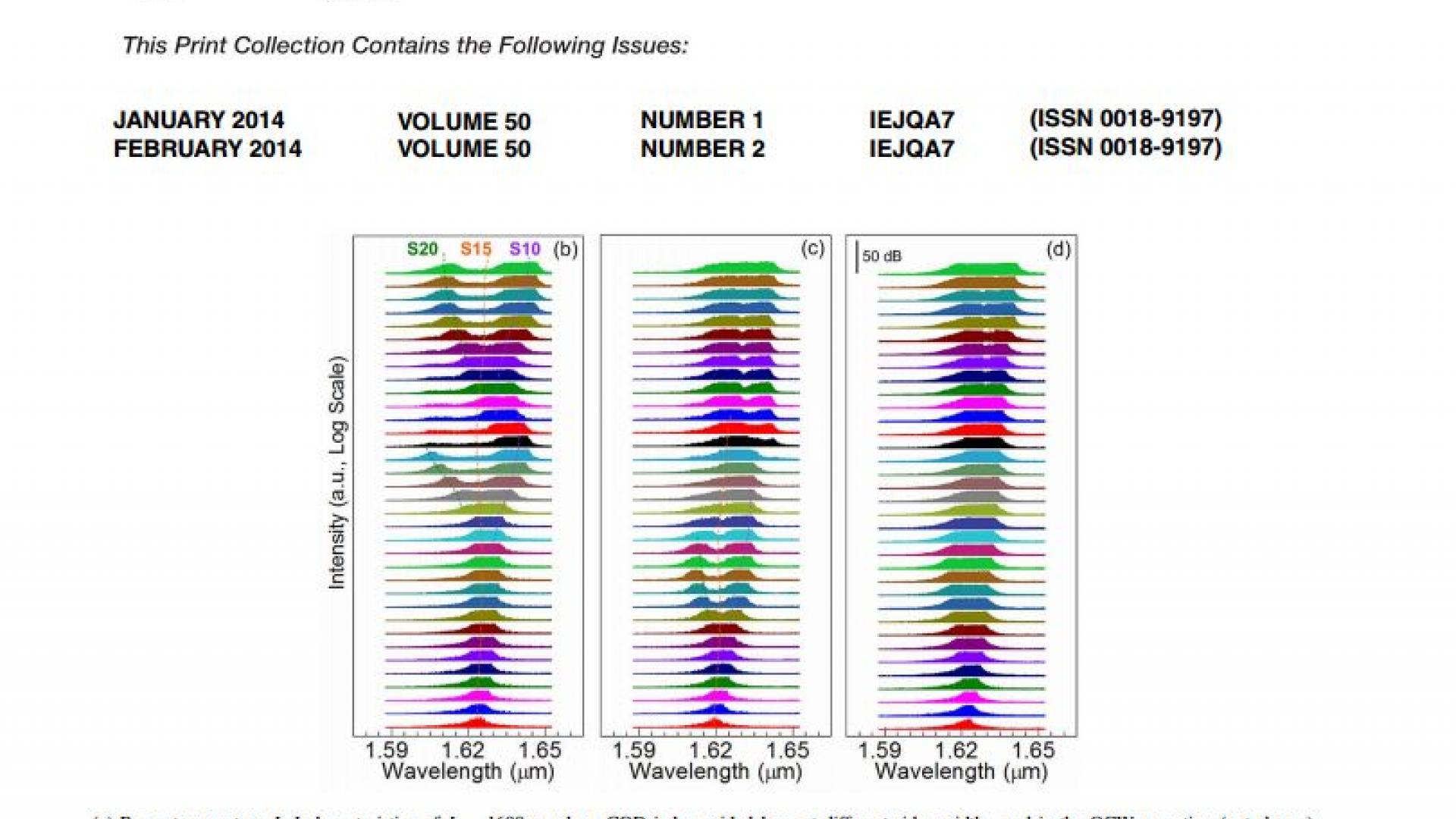We assessed the effect of additionally broadened quantum dash (Qdash) optical transitions in the multi-stack dash-in-a-well laser structure at both, material and device level. A broad photoluminescence linewidth of ~ 150 nm demonstrates the formation of highly inhomogeneous InAs-dashes across the stacks. The transmission electron microscopy revealed small (large) average dash height from the Qdash stack with thick (thin) over grown barrier layer. The Fabry-Perot laser diodes fabricated from this chirped structure exhibits unique device physics under the short pulsewidth (SPW) and quasi-continuous wave (QCW) operation. Varying the ridge-width (W) from 2 to 4 μm showed quenching of ultrabroad lasing signature in the SPW operation, and consistent even for a wide 15 μm oxide strip laser diode. A lasing spectral split with reduced intensity gap in the center is observed in the QCW operation with the gap decreasing with increasing ridge-width. Such atypical lasing operation, influenced by the waveguiding mechanism is qualitatively realized by associating to the reduced vertical coupling effect of the Qdash stacks in the operation of small ridge-width lasers compared with large ridge-width and oxide stripe lasers, and leading to varying non-uniform distribution of carriers among the inhomogeneously broadened Qdash stacks in each case. Our chirped 2 × 830 μm ridge laser demonstrated marked improvement in the internal quantum efficiency (~ 80%) and -3 dB lasing bandwidth, centered at ~1.61 μm.
